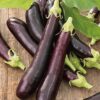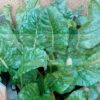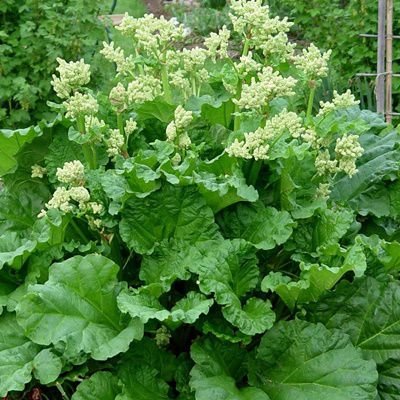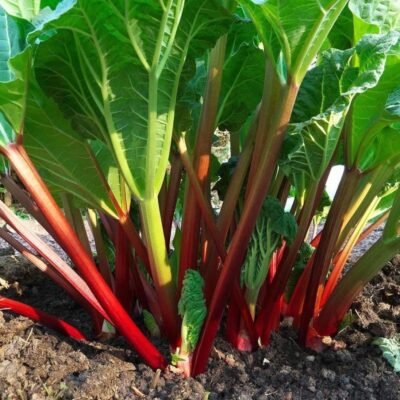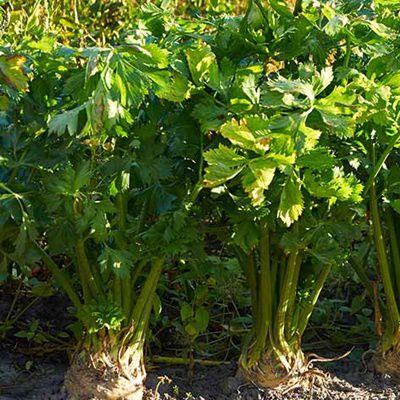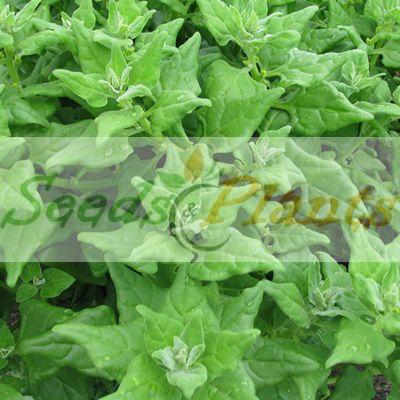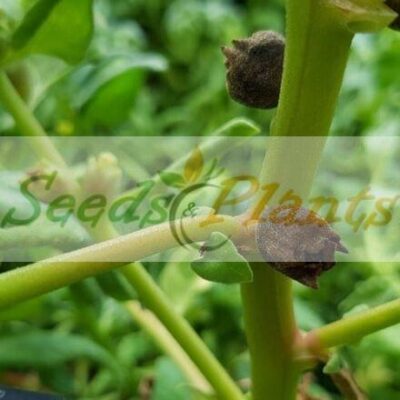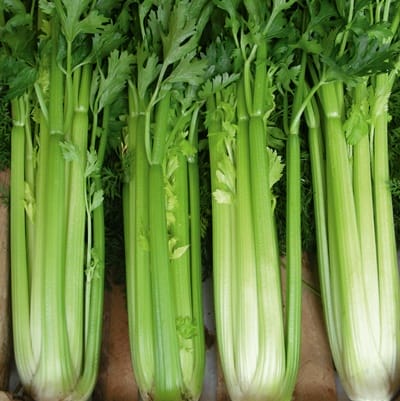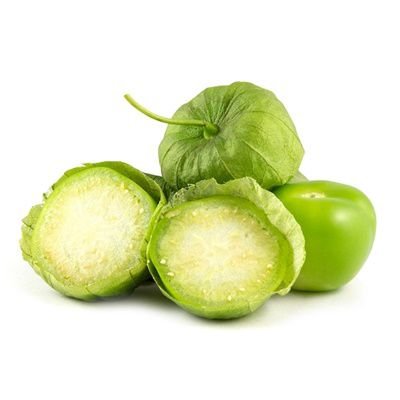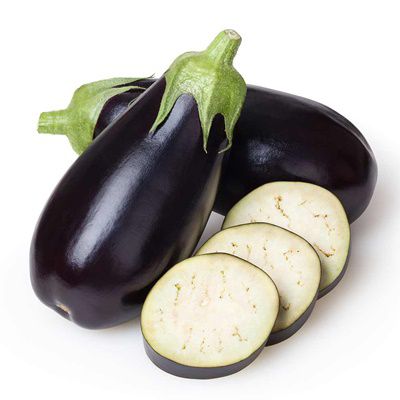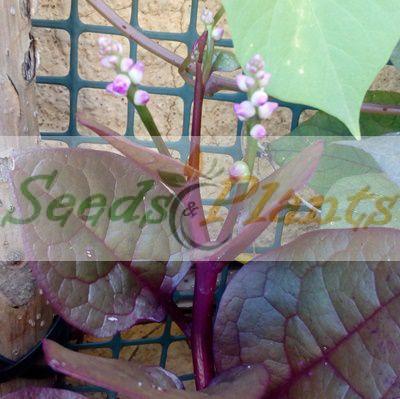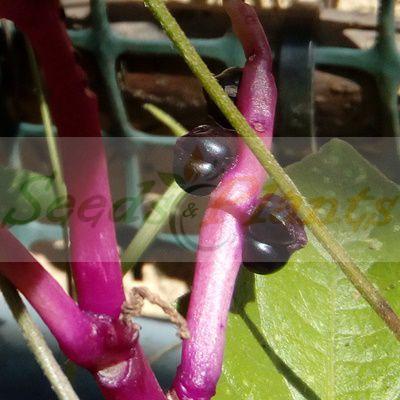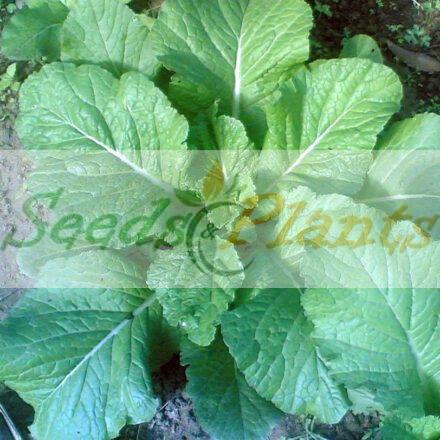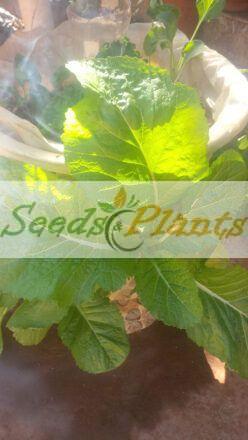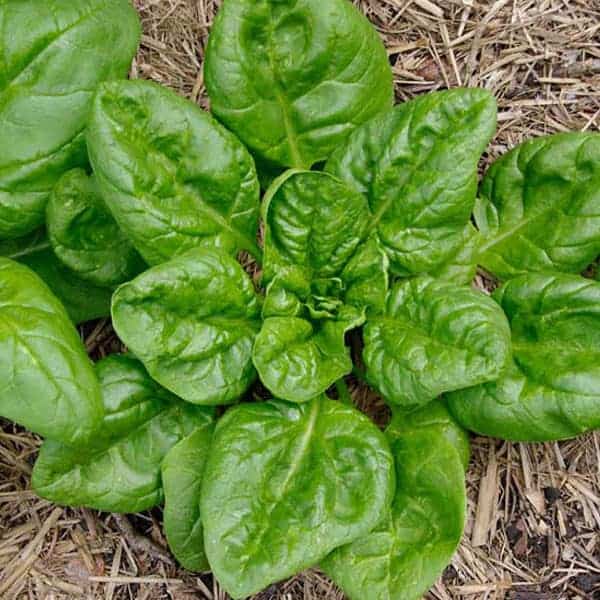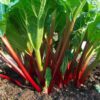-
×
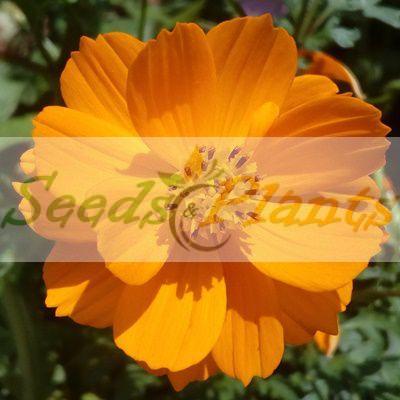 Cosmos Bright Lights - 10 Seeds
1 × R30.00
Cosmos Bright Lights - 10 Seeds
1 × R30.00 -
×
 Nasturtium Alaska Mixed - 5 Seeds
1 × R30.00
Nasturtium Alaska Mixed - 5 Seeds
1 × R30.00
Victoria Rhubarb – 10 Seeds
(Rheum rhabarbarum ‘Victoria’)
R30.00
Victoria Rhubarb is the best cooking rhubarb, noticeably sweeter and milder than all others. Stalks are slender and very tender.
Indoor Sowing: Mid Winter.
Direct Sowing: Late Winter and Early Spring.
Out of Stock
Email me when the product is back in stock.
Victoria Rhubarb seeds. Victoria Rhubarb (Rheum rhabarbarum) is a perennial vegetable growing to 100cm. The best cooking rhubarb, noticeably sweeter and milder than all others. Stalks are slender and very tender. The plants are very prolific and the stalks are green with a red blush.
Victoria Rhubarb Culinary Uses
- Stewed and in pies and sauces.
- You can use it to make puddings and jams.
- The stalks can also be used in cakes, chutneys, cocktails, crisps, crumbles, ice creams, salsas, souffles, and even wine.
- The leaves are toxic if consumed in large amounts, so do NOT eat the leaves of this plant!
Indoor Sowing: Mid Winter.
Direct Sowing: Late Winter and Early Spring.
- Start Victoria Rhubarb seeds indoors in pots or seedling trays about 8-10 weeks before the last frost or direct sow in Later Winter and Early Spring.
- Soak the seeds in warm water for 1 – 2 hours before planting, to aid in germination.
- Plant seeds about 1cm deep.
- Germination can take two weeks or longer.
- Keep the seedlings moist, but not saturated. Rhubarb can die or be stunted from root rot in overly wet potting mix.
- Rhubarb sends roots down quickly, so plan to transplant the seedlings two to three weeks after germination.
- If you’re going to keep growing your seedlings in a container, you can transplant them into an 20 – 30cm wide pot, that’s at least 20cm deep, to continue growing for three to five more months – and then move them to a 50cm wide and deep container at the beginning of summer. Or you can transplant seedlings directly to a larger pot.
- You can also transplant them outside into the garden. About 2 weeks before the last spring frost, transplant the rhubarb seedlings to a permanent bed in the garden. Be sure that it’s well amended with a lot of compost and organic matter, and mulch them to suppress weeds and help keep the soil cool.
- In warmer areas, choose a location where the rhubarb plants will be in shade during the heat of the day. Rhubarb plants grow best in cooler locations.
Disclaimer
Medicinal Information:
All medicinal information on this website is for educational and informational purposes only and may not be construed as medical advice. The information is not intended to replace medical advice or treatment offered by healthcare professionals.
Seeds, Plants, Plant Cuttings, Geophytes and Dried Herbs:
In some countries and provinces, certain plants are deemed as invasive and are not allowed to be planted at all, whilst some plants are allowed to be grown only in certain areas or provinces. The onus is on you as the buyer to familiarize yourself with the regulations pertaining to your location, before purchasing any of our seeds, plants, plant cuttings, geophytes or dried herbs. We will not be held liable, should you purchase any seeds, plants, plant cuttings, geophytes or dried herbs. from us which are prohibited in your country or province.

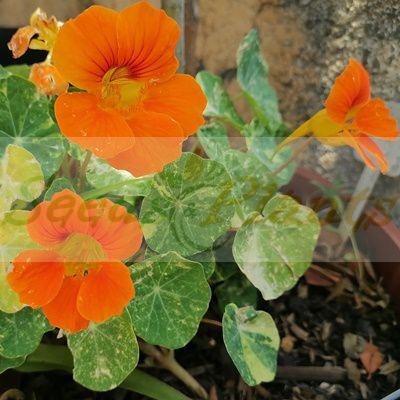 Nasturtium Alaska Mixed - 5 Seeds
Nasturtium Alaska Mixed - 5 Seeds 